Tag: trial
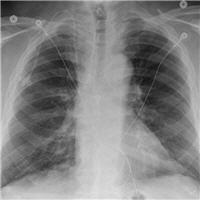
Acute Eosinophilic Pneumonia Secondary to Daptomycin
Daptomycin is an antimicrobial agent with activity against gram-positive bacteria that is usually reserved for severe infections. Acute eosinophilic pneumonia (AEP) is an increasingly rare side effect that can manifest after... read more

How protein-based COVID vaccines could change the pandemic
Unlike the relatively new technologies that the mRNA and viral-vector COVID-19 shots are based on, protein vaccines have been used for decades to protect people from hepatitis, shingles and other viral infections. To... read more
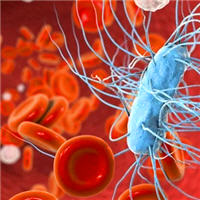
Multicomponent Sepsis Transition Effect and Recovery Program After Sepsis
In a multisite randomized clinical trial of patients hospitalized with sepsis, patients provided with a 30-day program using a nurse navigator to provide best practices for postsepsis care experienced a lower proportion of... read more
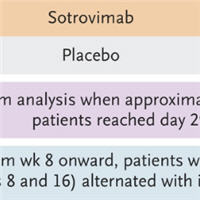
Early COVID-19 Treatment with SARS-CoV-2 Neutralizing Antibody Sotrovimab
Among high-risk patients with mild-to-moderate COVID-19, sotrovimab reduced the risk of disease progression. No safety signals were identified. The results of this interim analysis of COMET-ICE indicate that sotrovimab... read more

CAPSID Randomized Trial Results for High-dose Convalescent Plasma in COVID-19 Patients
COVID-19 convalescent plasma (CCP) has been considered a treatment option for COVID-19. This trial assessed the efficacy of a neutralizing antibody containing high-dose CCP in hospitalized adults with COVID-19 requiring respiratory... read more

Effect of Moderate vs Mild Therapeutic Hypothermia on Mortality and Neurologic Outcomes in Comatose Survivors of Out-of-Hospital Cardiac Arrest
In comatose survivors of out-of-hospital cardiac arrest, a target temperature of 31 °C did not significantly reduce the rate of death or poor neurologic outcome at 180 days compared with a target temperature of 34 °C. However,... read more
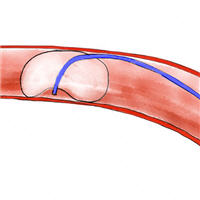
Pulmonary Artery Catheterization in Patients with Cardiogenic Shock
Very low-quality observational evidence suggests pulmonary artery catheterization (PAC) use in patients with cardiogenic shock is associated with lower mortality. Overall, these results support consideration of PAC for... read more
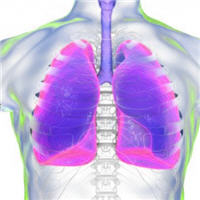
Carbapenem Antibiotics for the Empiric Treatment of Nosocomial Pneumonia
Carbapenem-based empiric regimens were associated with lower mortality rates compared with non-carbapenems, largely driven by trials of ventilator-associated pneumonia (VAP). The mortality effect was not observed in trials... read more
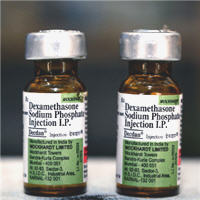
Dexamethasone 12 mg vs. 6 mg for COVID-19 Patients with Severe Hypoxia
Among patients with COVID-19 and severe hypoxia, dexamethasone 12 mg did not result in statistically significantly more days alive without life support at 28 days than dexamethasone 6 mg. However, the confidence interval... read more

Serum markers of brain injury can predict good neurological outcome after out-of-hospital cardiac arrest
Low levels of brain injury markers in blood are associated with good neurological outcome after CA. Incorporating biomarkers into neuroprognostication may help prevent premature withdrawal of life-sustaining therapy. Retrospective... read more

Venous Thromboembolism Prophylaxis in Critically Ill Adults
Among critically ill adults, compared to control, low molecular weight heparin (LMWH) reduces incidence of deep venous thrombosis (DVT) while UFH and mechanical compressive devices may reduce risk of DVT. LMWH is probably... read more

Epidemiology of Intravenous Immune Globulin in Septic Shock
Intravenous immune globulin is used infrequently across the US in patients with septic shock. Regimens of IVIG in septic shock may be less intensive than those associated with a survival benefit in meta-analyses. Observed... read more
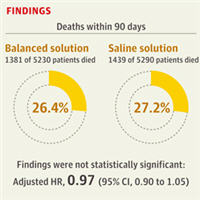
Balanced Solution vs. 0.9% Saline Solution Fluid Treatment in Critically Ill Patients
Among critically ill patients requiring fluid challenges, use of a balanced solution compared with 0.9% saline solution did not significantly reduce 90-day mortality. The findings do not support the use of this balanced... read more
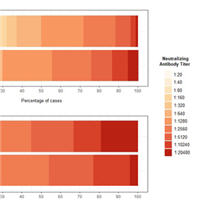
Convalescent Plasma for COVID-19 in Hospitalised Patients
Convalescent plasma (CP) and standard of care (SOC) did not result in a higher proportion of clinical improvement on at day 28 in hospitalised patients with COVID-19 compared to SOC alone. This is an investigator-initiated,... read more




